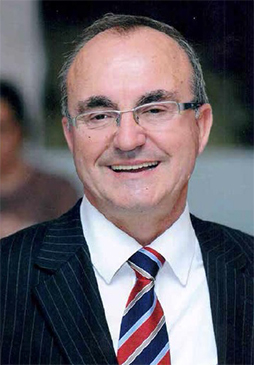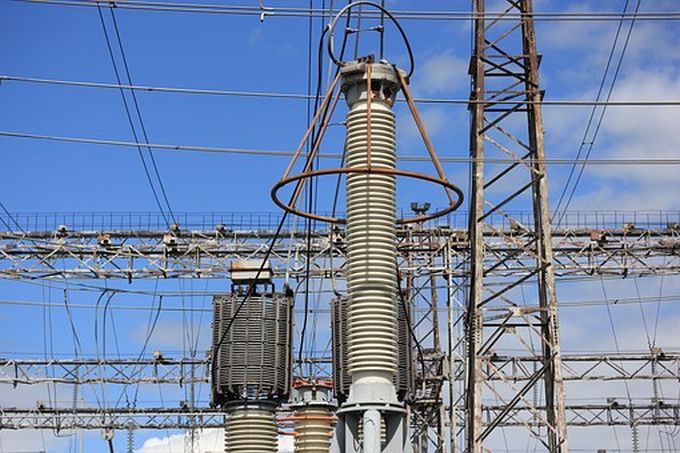
It became clear to all of us that the Republic of Serbia is seriously preparing for the transport transformation – from traditional fossil fuels vehicles to sustainable electric and hybrid cars, buses, trucks.
The network of charging stations in Serbia has started developing rapidly this year. As road infrastructure will soon no longer pose a problem for electric car drivers, it is expected that by 2025 there will be 100,000 such vehicles on the roads in our country.
Benefits arising from the above-mentioned changes are multiple, but for the use of power distribution grid for the purpose of charging batteries of electric vehicles, the goodwill of drivers, to replace the existing vehicles with more modern electric vehicles, is not enough.
We talked to Nikola Rajaković, Ph.D., Professor at the Faculty of Electrical Engineering, the University of Belgrade and one of the leading experts in electrical power engineering in Serbia, about the capacities of our power distribution grid and the impact of the wide use of electric vehicles on its undisturbed operation. He gave us his predictions on the development of sustainable transport and infrastructure for electric vehicles in our country.
– The community of experts in Serbia to a large extent supports the transition of the energy sector towards the energy without fossil fuels, i.e. without the emission of harmful greenhouse gases. At the beginning of these changes there were some open questions, but today it is certain that conventional energy cannot respond to the challenges it faces. These challenges are mainly reduced to major environmental problems, the limitation of fossil fuels (oil, gas, coal…) and a steady increase in energy demand – said Rajakovic, Ph.D.
Possible answers lie in the optimal energy mix (hybrid energy solutions with renewable energy sources, energy efficiency, energy storage).
– In such complex energy systems, the need for the introduction of smart grids becomes primary because it is necessary to integrate renewable variable production (primarily from solar power plants and wind farms) in the system in the best possible way. In addition, smart grids enable the flows of energy, gas, and heat to be monitored and controlled and, if necessary, stored, and allow electric batteries to be integrated in the best possible way in the power grid – explains the Professor.
In the curricula at the Faculty of Electrical Engineering, technologies and ways of integrating renewable energy sources have been studied for almost two decades, and in parallel, smart grid technologies have also been introduced.
– The strategic importance of electric vehicles and energy infrastructure for charging electric vehicles in the context of modern energy is enormous. Namely, a large part of the open issues of modern energy and in particular, electricity is solved through the massive introduction of electric transport. In this way, the issue of energy efficiency (as one of the most important levers of modern energy) and the total energy needs are solved very successfully. In the context of widespread use of electric vehicles, it is important to adjust our regulations because a lot of charging station appear, and thus electric transport becomes definitely a new area for which the high technological level of smart power grids is again needed – added Professor Rajaković.

We also learned that within the University of Belgrade, they identified the needs for studies which would examine and prepare the power distribution grid for the upcoming increase in the use of electricity for the purpose of charging vehicle batteries.
– The connection of electric vehicles involves the analysis of two options. The first refers only to the possibility of power flow from the grid to the battery of the vehicle, and the second to the possibility of two-way power flows, that is, the battery can serve both as a consumer and as an energy source. This second option provides the opportunity for the grid to have the backup sources in electric car batteries in case of need and in this way energy storage in significantly diversified. However, it is important to note that simultaneous connection of a large number of batteries to the power grid can bring significant technical problems (voltage drops, higher harmonics…), but these problems can be successfully solved by using optimization algorithms. New load in grids, along with distributed variable renewable energy sources (solar and wind) will require additional development of methods based on stochastic laws in order to successfully integrate into the grid – explained Professor Rajaković.
Feasibility studies in several scientific research institutes, as well as in Elektroprivreda Srbije, are in the pipeline, and we hope that future research will provide full support to sustainable transport in Serbia.
Prepared by: Marija Nešović
This content was originally published in the eighth issue of the Energy Portal Bulletin, named ECOMOBILITY.

